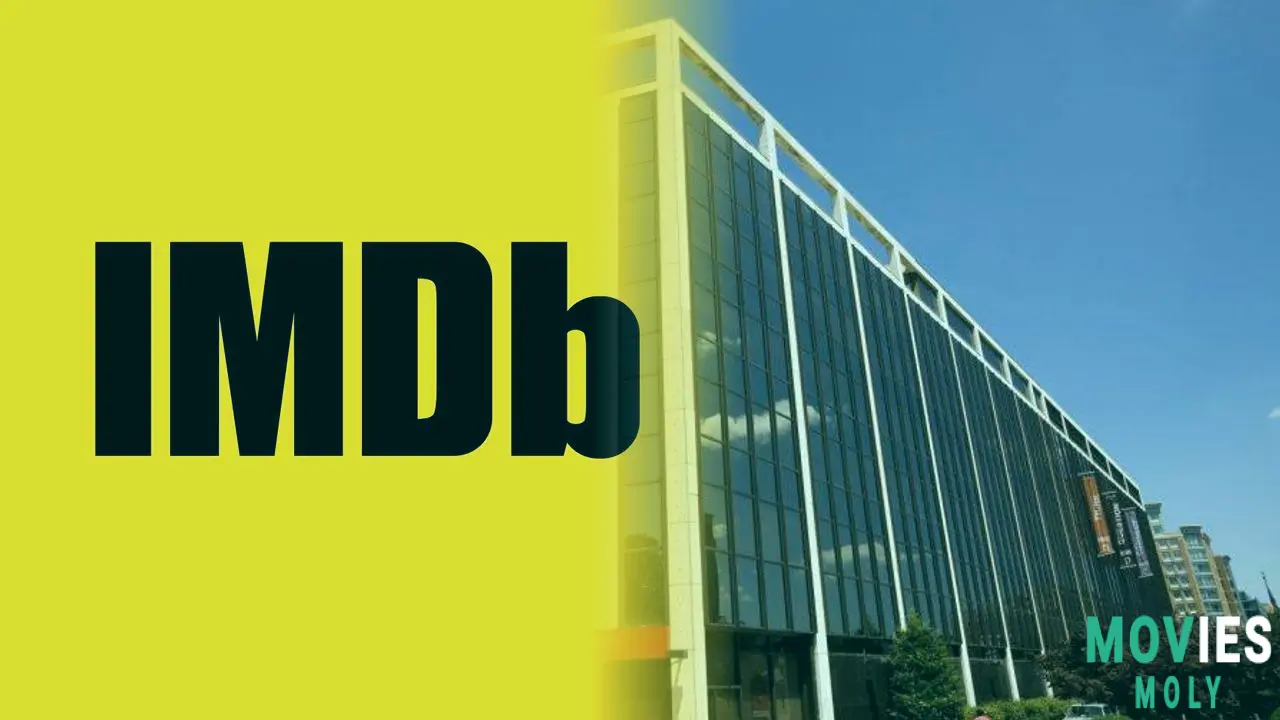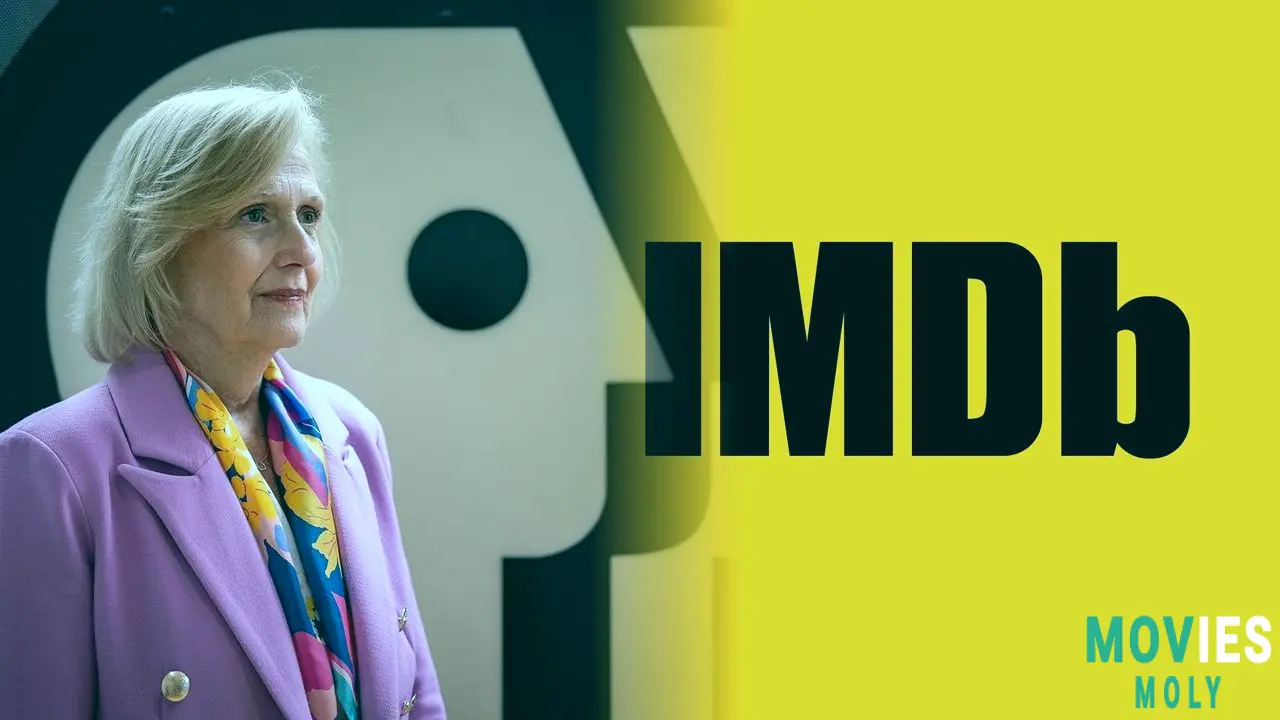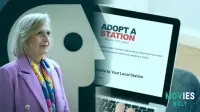Federal funding for public broadcasting has been eliminated, plunging beloved PBS and NPR shows, along with vital local stations, into an uncertain future. Here's a look at the tough decisions being made and how communities are stepping up to keep public media alive.
TL;DR: The Essentials of Public Media's Funding Battle
- In July, President Donald Trump signed a bill eliminating $1.1 billion in federal funding earmarked for public broadcasting for 2026 and 2027, with cuts officially beginning October 1.
- This decision means the Corporation for Public Broadcasting (CPB) will cease operations, directly impacting national programming and putting vulnerable smaller, rural stations at significant risk.
- PBS and local stations across the country are scrambling to find alternative funding, cutting staff, reducing programming, and exploring mergers or consolidations to survive this unprecedented financial challenge.
Imagine turning on your favorite public radio station for the morning news or settling in to watch a new documentary on PBS, only to wonder if these staples of American media will still be there next year. That's the stark reality facing public broadcasting right now. After years of looming threats, the axe finally fell in July when President Donald Trump signed a rescission bill that completely eliminated $1.1 billion in federal funding set aside for public broadcasting for 2026 and 2027. This wasn't just a reduction; it was a full stop, making October 1 the first time since 1967 that public media stations across the nation are operating without federal support.
The immediate consequence? The Corporation for Public Broadcasting (CPB), which has been the crucial conduit for federal grants to public TV and radio stations for nearly six decades, is ceasing operations. This isn't just an abstract financial detail; it's a huge blow that impacts everything from the national documentaries you love to the hyper-local news and emergency alerts many communities rely on.
The Impact Hits Hardest: Rural Stations and Iconic Shows Face the Brunt

While the overall sum of $1.1 billion sounds massive, its removal creates a particularly urgent and existential threat for smaller public TV and radio stations, especially those serving rural and remote markets. These stations often rely much more heavily on federal funds – sometimes up to 50% or more of their entire budget – to keep their operations going. Without that lifeline, many are in danger of shutting down. We're already seeing this happen: Penn State University initially planned to close its public TV outlet WPSU (though it might now be acquired by Philadelphia pubcaster WHYY), and New Jersey PBS expects its stations to go dark next year. Even state legislatures in places like North Dakota and Indiana have contributed to the problem by cutting local public broadcasting funds.
National Programming and Beloved Series Face Uncertain Futures
It's not just the local newsrooms feeling the pinch. National programming at PBS is also under immense pressure. The network has already had to cut the dues it requires from member stations, which, while helping local outlets, means less money for PBS itself. This has led to painful decisions, including a layoff of around 15% of its workforce. PBS Kids, a vital educational resource for families, was hit particularly hard after the U.S. Department of Education cut the Ready to Learn grant.
Perhaps one of the most heartbreaking announcements for history buffs is the hiatus of the long-running series “American Experience.” After its two-part "Kissinger" special airs this month, the show's staff will be gone by the end of the year, and films planned for 2026 have been canceled. Cameo George, the executive producer, voiced the team's sadness:
"I will always hold out hope that PBS will bring 'American Experience' back, because I think it’s foundational to understanding America’s history."
PBS CEO Paula Kerger confirmed that next year, viewers will likely see more rebroadcasts from the show's extensive library, particularly those that align with the U.S.'s 250th anniversary. We might also see more repeats of classics like Ken Burns’ “The Civil War” as PBS looks to its "unbelievable assets" and deep library to fill programming gaps.
The Fight for Survival: Public Media Scrambles for New Funding Models

Facing this unprecedented crisis, public media isn't just rolling over. PBS and individual stations are pulling out all the stops to secure alternative funding and rethink their operations. Paula Kerger has been working tirelessly to build a "corpus of money" from key foundations, aiming to provide a "glide path" for the most vulnerable stations. This would give them a couple of years of funding to explore options like consolidation or merging with larger, adjacent stations, a model Kerger sees as "really good" for keeping local media alive.
Kerger is also focusing on raising money through the nonprofit PBS Foundation to support crucial programs. Her top priority? Keeping "PBS NewsHour" going, an "ongoing news operation where you’re burning through money all the time." Other essential series like “Nova,” “Nature,” and “Great Performances” are also on the list of programs needing philanthropic support.
Local Communities and Philanthropy Step Up to the Plate
Across the country, local stations are galvanizing their communities. High Plains Public Radio (HPPR), for instance, launched its "Up to Us" campaign and saw an "unprecedented success" in September, raising $260,000 against a goal of $250,000. Of that, $200,000 is directly set aside to replace lost federal funding over the next two years. WXPR in Wisconsin is also actively fundraising, facing an immediate annual revenue loss of approximately $171,000. They've restructured staff, reduced expenses, and are operating with their smallest team in over 20 years, all while reminding listeners that, legally, they can't simply operate like a commercial radio station.
The broader philanthropic community is also responding. Seven philanthropic organizations have pledged an impressive $37 million to support local public media. Even Bob Ross Inc. is stepping in, announcing an auction of 30 of the beloved artist's paintings to benefit small and rural public media outlets. And GBH, PBS's largest programming producer (the force behind "Frontline," "Nova," and "Antiques Roadshow"), has launched "Fund the Future," a three-year, $225 million fundraising campaign.
Beyond the Budget: The Broader Implications of Public Media Loss
The cuts go beyond just financial numbers. Public broadcasting plays a unique and vital role in American society, providing services that commercial media often doesn't. For millions of people, especially in rural areas, public radio is the primary source of reliable news and critical emergency information during natural disasters. Karen Petersen, a listener in Southeast Alaska, highlighted this, noting how important her local station, KRBD, is for updates during landslides when other services might be inaccessible. KRBD, with only five staff members, lost nearly 40% of its funding and is actively fundraising to recover. Similarly, KOTZ in Kotzebue, Alaska, serving a large Alaskan Native population, lost 41% of its government funding and has had to cut programming, calling the situation "life or death."
Classical music lovers also face a grim future, as 96% of classical music on U.S. radio is broadcast over public airwaves. The potential closure of stations threatens not only this access but also the symbiotic relationships public stations have with local arts economies, increasing the visibility of regional artists and organizations.
Addressing the Political Scrutiny and Upholding Editorial Integrity
The decision to defund public media wasn't just about budget savings; it came with a strong political undercurrent. President Trump's executive order cited that the "media landscape is filled with abundant, diverse, and innovative news options" and accused CPB, NPR, and PBS of failing to provide a "fair, accurate, or unbiased portrayal of current events," labeling them "radical left-wing echo chambers." FCC Chairman Brendan Carr even accused PBS of running ads, threatening defunding if true (an FCC inquiry is still ongoing).
However, PBS CEO Paula Kerger firmly refutes any notion that financial pressure has compromised their journalistic integrity. She points to "Frontline's" fair and honest assessment of the Trump administration's first 100 days and "NewsHour's" consistent quality journalism. Kerger emphasizes that their mission is to provide trusted information, especially when "people are relying on us even more for information that they can trust." She notes that PBS has "a lot of conservative donors that support us because they believe that the work we’re doing is really not only fair, but it’s of high value," citing programs like "Breaking the Deadlock" and "Firing Line." Public media, she argues, is a crucial space for "various viewpoints...brought forward in a way that is not antagonistic."
Despite the challenges and a current government shutdown halting any immediate movement on federal funds, Kerger remains determined. "It’s not over," she states, confirming ongoing conversations on Capitol Hill about restoring funding in next year's budget. Yet, she's also realistic, acknowledging "no 'white knight' that will save public broadcasting." This means the long-term strategy for PBS involves looking internally: reducing real estate, carefully choosing what shows to greenlight, focusing output in a changing media landscape, and increasingly relying on the vital philanthropic support from individuals and organizations who believe in the enduring value of public media.
Frequently Asked Questions About Public Media Funding
What does the Corporation for Public Broadcasting (CPB) closure mean for public media? The CPB's closure, expected later this year, means the primary federal funding source for public TV and radio stations will no longer exist. While NPR and PBS themselves are not closing, it creates a significant financial gap and impacts shared infrastructure costs like satellite systems and music licensing, forcing many stations to find alternative funding or make severe cuts. How much federal funding did public broadcasting lose? The federal government eliminated $1.1 billion in funding that had been allocated for public broadcasting for the fiscal years 2026 and 2027. This cut officially went into effect on October 1, marking the first time since 1967 that public media stations are without federal funds. Will my local PBS or NPR station shut down? Some stations, particularly smaller ones in rural areas that were heavily reliant on federal funds, are at high risk. Penn State University's WPSU initially planned to close, and New Jersey PBS expects its stations to go dark next year. Many others are cutting staff, reducing programming, or exploring mergers. However, many stations are also actively fundraising and seeking philanthropic support to stay operational. How can I help support public media during this challenging time? There are many ways to help! Consider donating directly to your local PBS or NPR station through their website, by mail, or via text-to-donate options. Many stations also accept larger "leadership gifts," contributions from IRA accounts, vehicle donations, or stock donations. Spreading the word about the importance of public media to your friends and family is also a valuable way to support.Sources:
- Variety - "PBS CEO Reveals Plan to Save Stations and Programming After Trump Killed Funding..." (Michael Schneider)
- High Plains Public Radio - "Progress building the bridge beyond public media’s defunding" (Quentin Hope)
- WXPR - "Funding challenges FAQ"
- The Hill - "Public media stations of all sizes are scrambling after President Trump in July moved to slash over $1 billion in federal funding..." (Lee Ann Anderson)
- The Washington Post (via other articles) - Michael Andor Brodeur's reporting on the funding cuts





